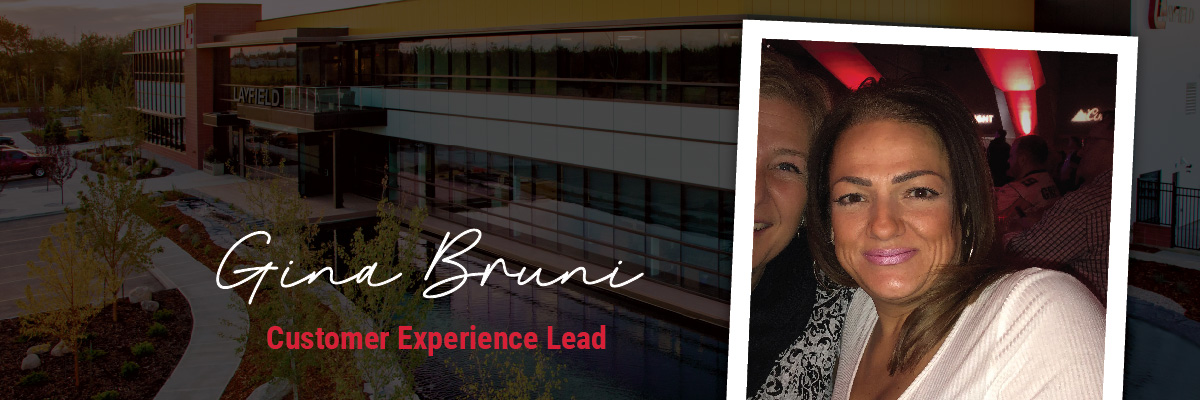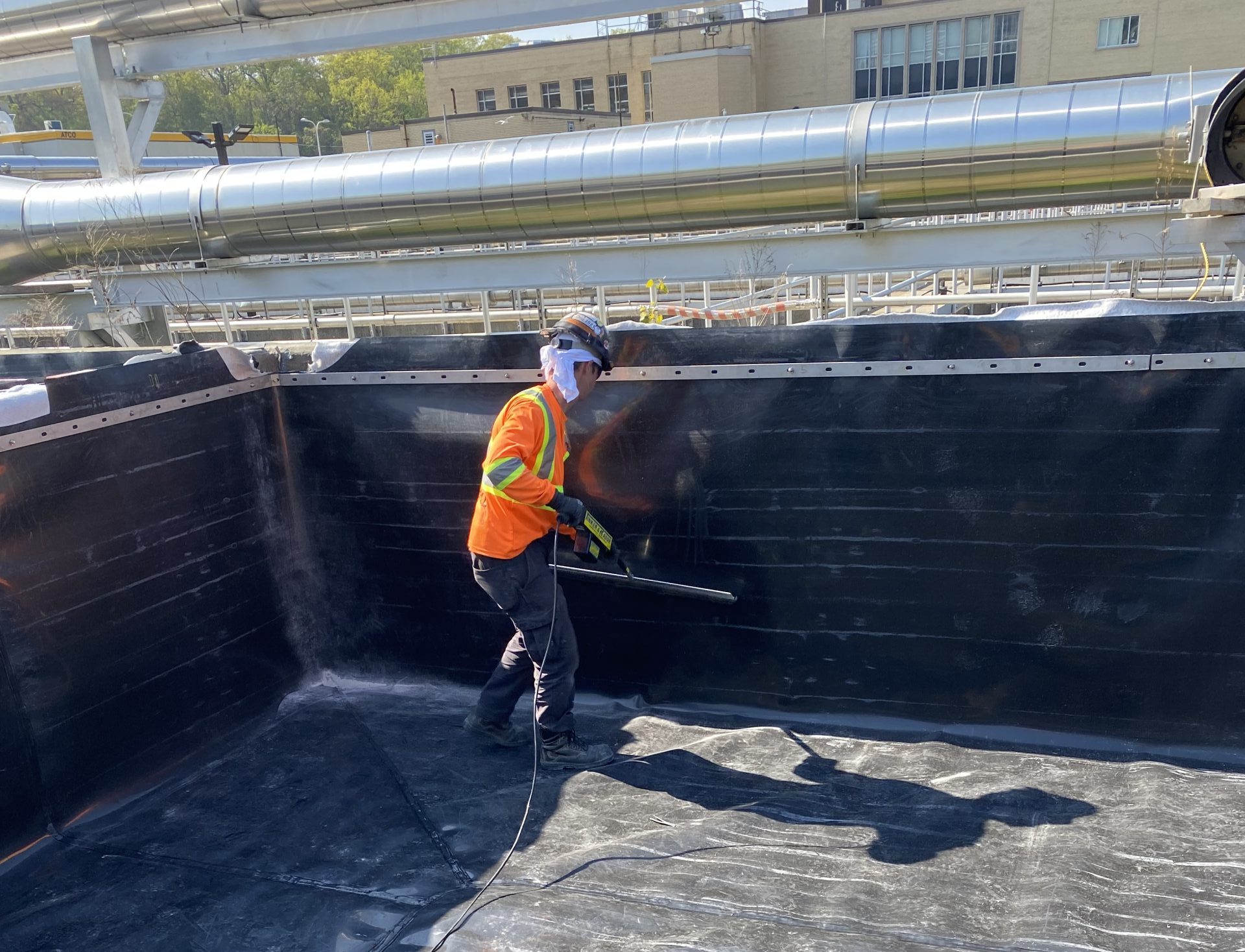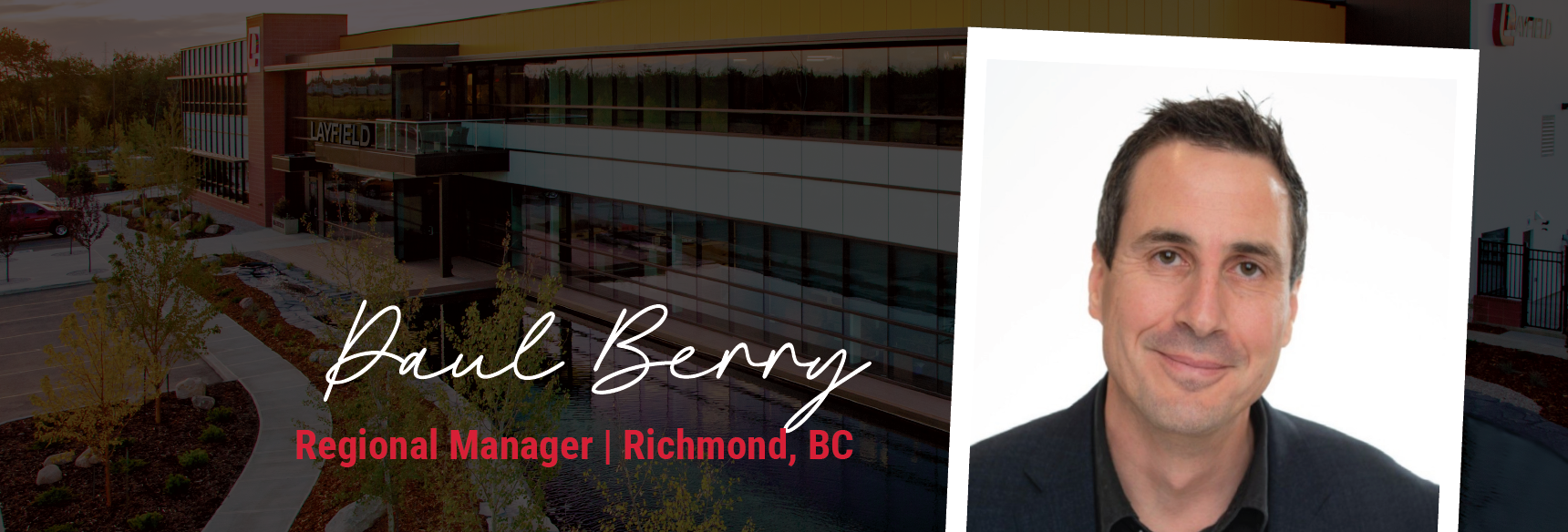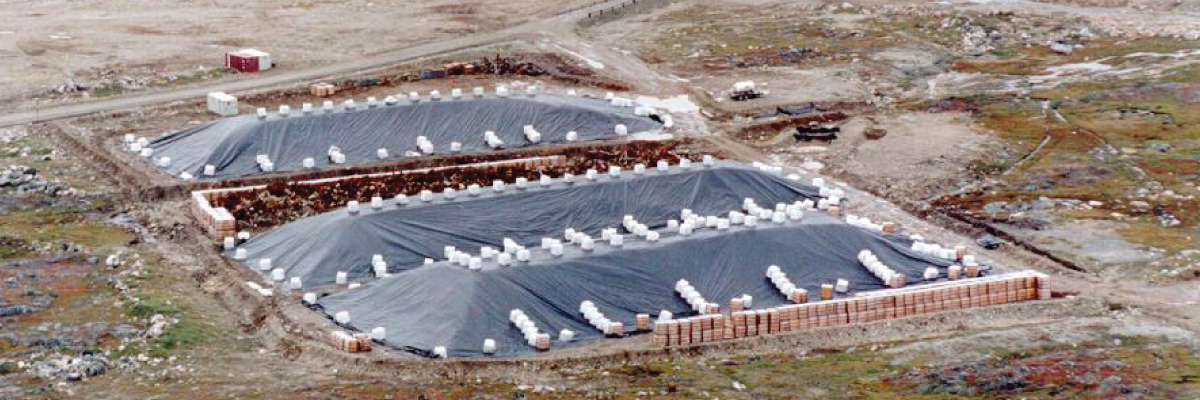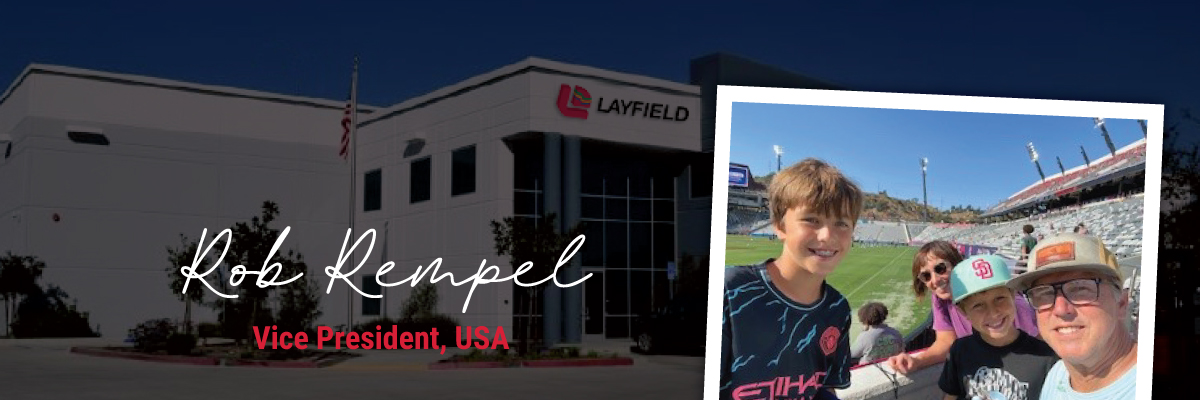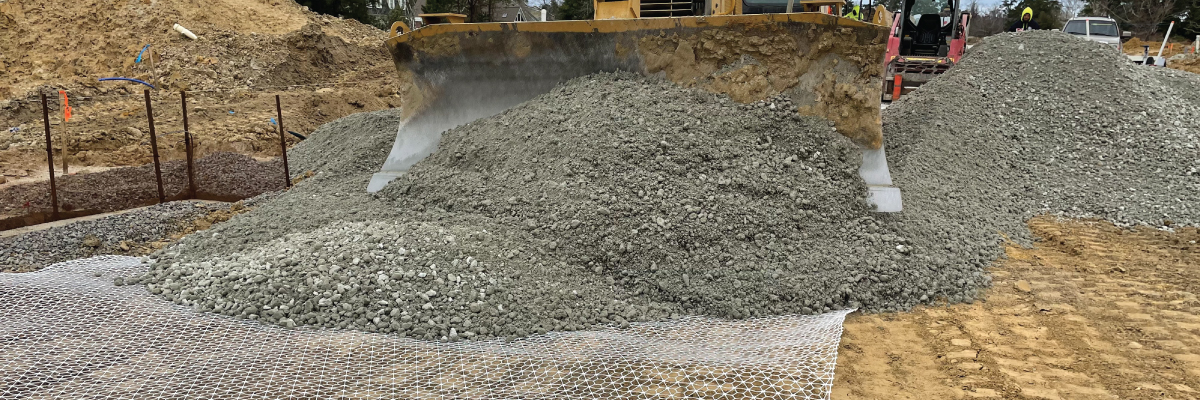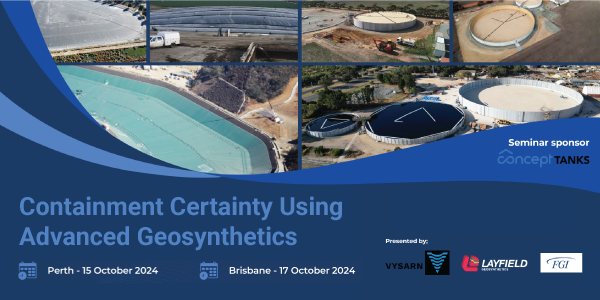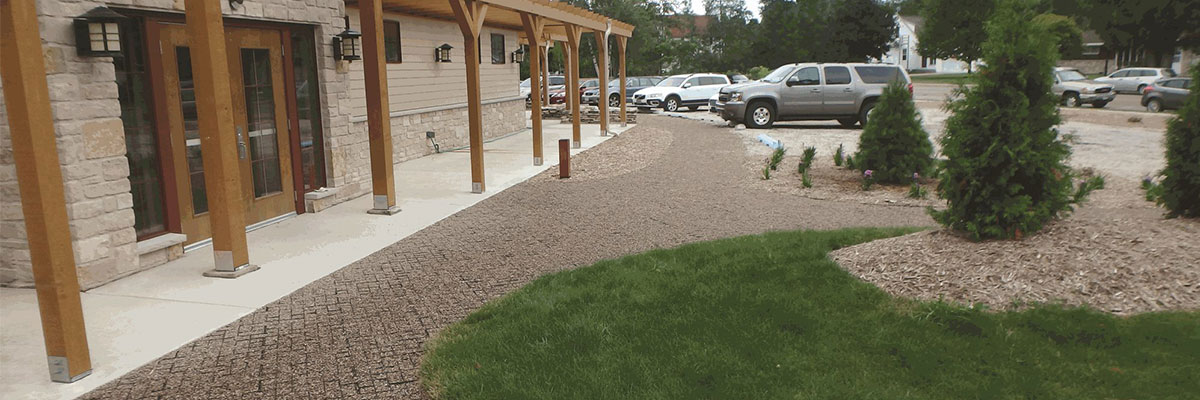Written by Chang Park | Layfield Geosynthetics
“Nature harnessed by people and used as an infrastructural system,” as defined by the EPA, covers Green Infrastructure (GI) that protects and restores natural water cycles and absorbs/filters excess water at the source. It further defines Low Impact Development (LID) as a component of Green Infrastructure that uses and mimics natural processes for infiltration and uses onsite features to protect water quality.
As cities expand and the demand for prime real estate increases, the loss of green space in city cores is unavoidable. The impact is more impermeable surface area replacing vegetated areas, thus putting a more significant strain on the existing stormwater infrastructure. The detrimental results can include
- increased stormwater treatment costs,
- reduced water quality,
- increased street flooding during significant storm events, and
- increased urban heat island effect.
The use of effective Low Impact Development strategies can mitigate these adverse effects.
One of the most effective strategies is keeping as much green space as possible by designing new structures with Green Infrastructure. Such strategies include rooftop gardens, green roofs, green walls, grassed walkways, grassed overflow parking, and many more. Further methods include permeable pavement for parking and low-traffic roadways, underground stormwater storage, which can be linked to permeable parking, vegetated retaining walls instead of concrete or block walls, and vegetated stormwater swales.
Layfield carries various products to help with your Green Infrastructure and Low Impact Development strategies.
Vegetated Wall Systems
One of the easiest strategies to consider is the replacement of concrete-type retaining walls with vegetated walls. Multiple products are available to accomplish this goal. Layfield’s Enviro Slope offerings include wrapped face steepened slopes, wire face walls, and GEOWEB® stacked or faced walls.
Vegetated wall systems will absorb and dissipate heat instead of reflecting it. They will also absorb some of the water run-offs into the vegetated system, thereby reducing the load on the stormwater system while cleaning the remaining water of contaminants. They are also considered by many to be more aesthetically pleasing compared to concrete or block walls.
Vegetated/Permeable Pavements
Stormwater system infrastructure is under increasing demand, and one of the most effective methods of reducing the demand is to retain stormwater onsite. Vegetated areas can absorb precipitation and allow it to infiltrate into the soil and recharge the local aquifer. The GEOBLOCK® and GEOPAVE® products from Presto systems have a proven history in this application, having completed many successful grassed/permeable paving areas and grassed fire lane access.
Underground Stormwater Detention/Retention/Infiltration
The choice of whether to design the system for detention, retention, or infiltration may depend on your, or your clients, environmental goals and/or municipal stormwater guidelines. Detention is detaining water and allowing it to enter the stormwater system slowly. Retention is retaining water for reuse in some other area. Infiltration allows the water to infiltrate into the soil under the system.
The traditional method of storing stormwater onsite using open ponds has many negative factors and only one positive. Open ponds provide breeding grounds for insects (specifically, mosquitoes), are a public safety issue unless fenced off, have high maintenance costs, and use valuable real estate. On the plus side, they are cheap. Using underground stormwater storage will free up space for other needs, does not provide breeding for insects, is not a safety concern, and has a host of other benefits.
GI and LID can make your new development more attractive, help clean stormwater, reduce the load on municipal stormwater systems, reduce the heat island effect, and increase usable real estate. Combining all these factors, is there any reason why you would not design using GI and LID-friendly products?
Layfield can help you find the right product for your application in designing and building a development with Green Infrastructure and Low Impact Development at the forefront. These principles should be one of the essential considerations in creating a bright, welcoming, and efficient home, workplace, or commercial project.
Related Articles
View All News